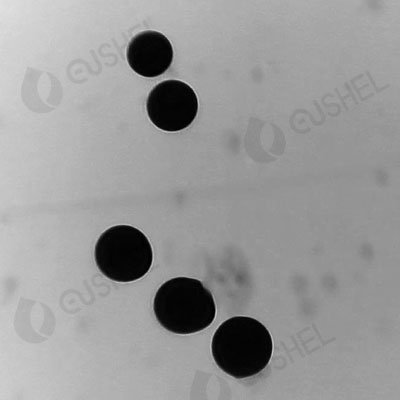
VCrTi / V44 Alloy Powder (Vanadium Chromium Titanium)
AvailableVanadium Chromium Titanium Alloy Powder for 3D PrintingVanadium Chromium Titanium Alloy Powder for AMWholesale & RetailManufacturer & Supplier
Symbol: VCrTi / V44Composition: Cr 4%, Ti 4%, V balance or as requiredParticle size: 15-45 um, 15-53 um, 45-105 um, etc.Shape: SphericalIn Stock: AvailableShips to: Worldwide
Vanadium Chromium Titanium Alloy Powder Price & List
| Spec. |
Shape |
Particle Size |
Application |
| VCrTi-DS015045 |
Spherical |
15-45 um |
3D printing / additive manufacturing |
| VCrTi-DS015053 |
Spherical |
15-53 um |
3D printing / additive manufacturing |
| VCrTi-DS045105 |
Spherical |
45-105 um |
3D printing / additive manufacturing |
| VCrTi-DS045150 |
Spherical |
45-150 um |
3D printing / additive manufacturing |
| Customizable |
Spherical |
Customizable |
3D printing / additive manufacturing |
Note: We provide customized service. If you don't find the powder you want, please send us an email directly. We can customize it according to your requirements.
Vanadium Chromium Titanium Alloy Powder
Vanadium chromium titanium alloy powder refers to the process of melting high-purity
vanadium powder,
chromium powder, and
titanium powder into vanadium chromium titanium alloy ingots in a certain proportion, crushing the ingots into vanadium chromium titanium alloy particles, and then producing spherical vanadium chromium titanium alloy powder through plasma spheroidization technology. Finally, the vanadium chromium titanium alloy powder obtained through screening.
In addition, vanadium chromium titanium alloy powder can also be produced by plasma rotating electrode technology, where vanadium powder, chromium powder, and titanium powder are melted in a certain proportion in advance to form vanadium chromium titanium alloy rods, and then processed into vanadium chromium titanium alloy powder through plasma rotating electrode technology. Considering the factors of economic cost and particle size, plasma spheroidization process is commonly used to produce spherical vanadium chromium titanium alloy powder.
Typical Chemical Composition of VCrTi Alloy Powder
| Spec. |
V |
Cr |
Ti |
| V44 |
4% |
4% |
Balance |
| Customizable |
Customizable |
Customizable |
Customizable |
Vanadium Chromium Titanium Alloy Powder Application
Vanadium chromium titanium alloy powder is not a common powder. It is mainly customized according to customer's requirements. We mainly produce spherical vanadium chromium titanium alloy powders of various particle sizes through plasma spheroidization process. It can be used in the following situations:
1. Vanadium chromium titanium alloy powder is mainly used in 3D printing / additive manufacturing;
2. Vanadium chromium titanium alloy powder can also be used for thermal spraying, laser cladding, injection molding and other occasions.


| Spec. |
Shape |
Particle Size |
Application |
| VCrTi-DS015045 |
Spherical |
15-45 um |
3D printing / additive manufacturing |
| VCrTi-DS015053 |
Spherical |
15-53 um |
3D printing / additive manufacturing |
| VCrTi-DS045105 |
Spherical |
45-105 um |
3D printing / additive manufacturing |
| VCrTi-DS045150 |
Spherical |
45-150 um |
3D printing / additive manufacturing |
| Customizable |
Spherical |
Customizable |
3D printing / additive manufacturing |
Related Products
https://www.fusnano.com/am/spherical-vanadium-powder.htmlSpherical vanadium powder refers to the vanadium powder which is spherical under scanning electron microscope (SEM). Spherical vanadium powder is mainly produced by plasma rotating electrode method or induction plasma spheroidization process.
https://www.fusnano.com/am/spherical-chromium-powder.htmlSpherical chromium powder refers to the chromium powder which is spherical under the scanning electron microscope (SEM). As chromium powder belongs to refractory metal powder, it is mainly produced by plasma spheroidization technology.
https://www.fusnano.com/am/spherical-titanium-powder.htmlSpherical titanium powder refers to the pure titanium powder that appears as a spherical shape under scanning electron microscopy (SEM). It is mainly produced through atomization, plasma rotating electrode, and radio frequency plasma spheroidization processes.


